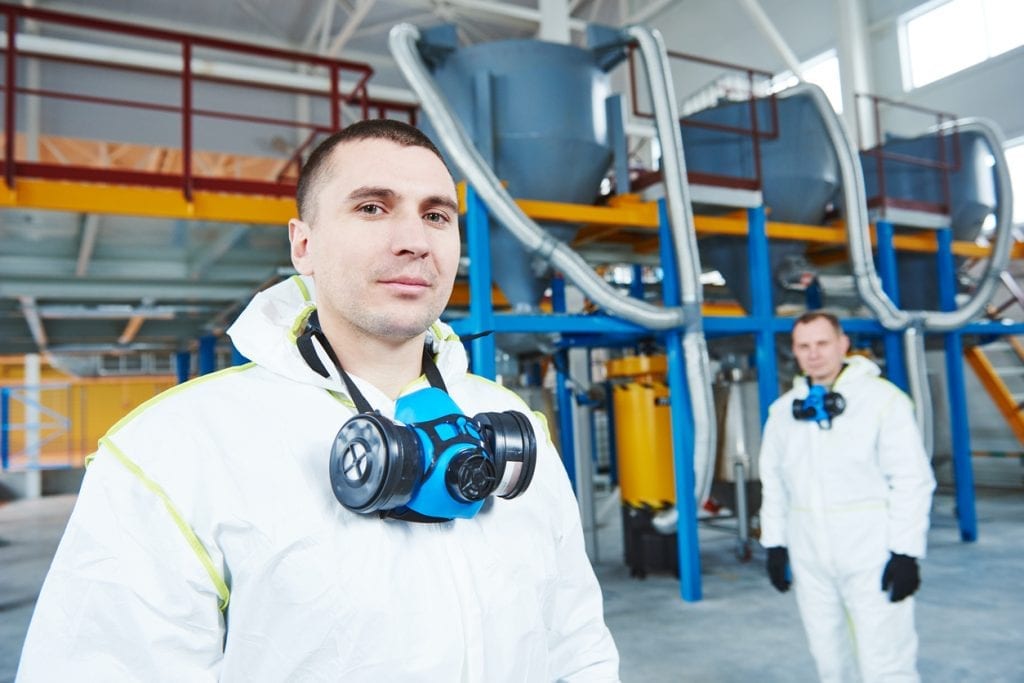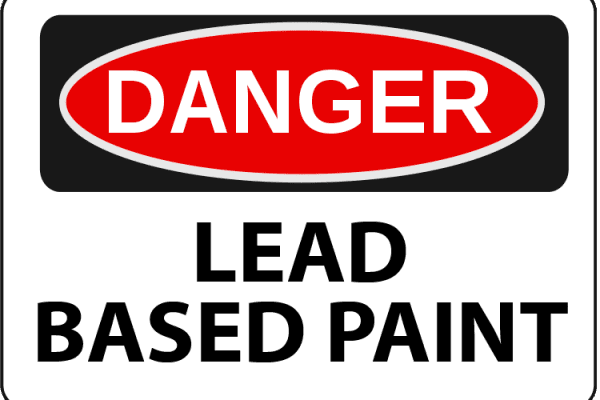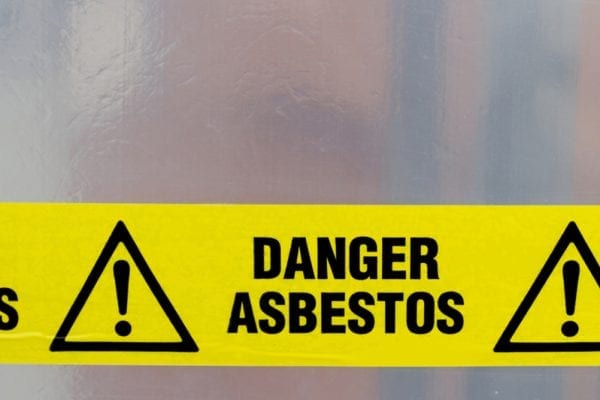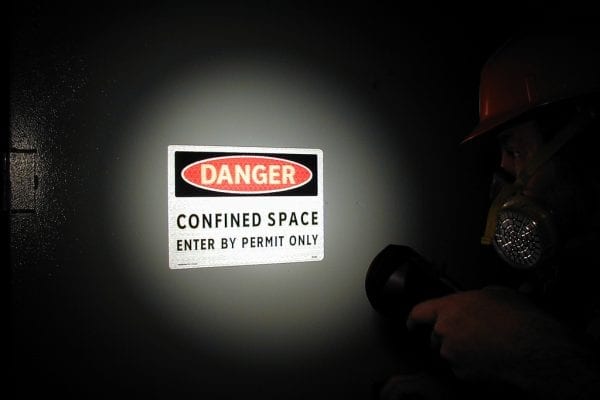An exposure assessment is a necessary and important tool for ensuring the health and safety of your workers. But many employers don’t understand exactly what it is, why they need it, or how to do it right. Here’s what you need to know.
Definition: An exposure assessment evaluates the nature and magnitude of exposures to respiratory hazards in the workplace. Respiratory hazards can include chemicals, poor air quality, and aerosolized contaminants.
Exposure assessments are required by OSHA to protect your workers’ health and safety. Paragraph 29 CFR 1910.134(d)(1)(iii) requires that you “identify and evaluate respiratory hazard(s) in the workplace.” Additional requirements of the regulation include:
- Identifying the physical state and chemical form of all potential contaminants at the work site.
- Making a “reasonable estimate” of employee exposures anticipated as a result of those hazards, including those likely to be encountered in emergency situations.
An exposure assessment should be a standard part of every employer’s health and safety plan for their workers. It is especially important in any environment in which:
- There are known chemical, biological, or other potential contaminants for which OSHA has a substance-specific standard (asbestos, lead, methylene chloride, etc.)
- Occupants or employees complain of respiratory distress or other symptoms likely to be caused by exposure
- The workplace contains visible contaminants (smoke, dust, fumes, etc.)
When an exposure assessment determines the presence of exposure hazards in the workplace, OSHA requires that the hazards be mitigated and/or that employees be provided with appropriate respiratory protection, based on the nature and magnitude of the hazard.
How to Conduct an Exposure Assessment
While OSHA is clear that exposure assessments are a required part of the employer’s responsibility to provide a safe and healthy work environment, it leaves a lot of leeway on how the assessments should be conducted.
When we conduct exposure assessments for our clients, we use a variety of approaches to effectively measure the presence, nature, extent, and magnitude of any hazard exposure in the workplace. Depending on the situation, our assessments may include:
Air Sampling
Air sampling is the most reliable approach for determining how much and what type of contaminants are present. Air sampling data is then utilized to determine the most appropriate methods for protecting your workers. Make sure that your assessment firm takes personal air samples representing identified work tasks from all of the primary work areas, as exposure levels can vary dramatically within the same building and depending on work tasks.
Objective Information
In some cases, it is acceptable to rely on standard information and data regarding the potential contaminants in your workplace, in order to determine acceptable exposure limits. For instance, you may use data on the physical and chemical properties of contaminants, along with information on room dimensions, air exchange rates, and work practices, to make estimates regarding maximum exposure.
If your assessment firm uses this approach, make sure they have extensive current experience in the industry and the technique, to ensure that both their data and their methods for estimating are sound and reliable.
Worst Case Estimating
In addition to current levels of exposure, your exposure assessment should estimate potential variations in exposure levels, based on multiple scenarios. For instance, what is the likely exposure in the event of a fire or other emergency situation? Again, you want to work with an assessment partner with extensive and current experience, as variation estimates can be complex.
As an employer, you want to provide a safe and healthy environment for your workers. The exposure assessment is an important, and required, tool in accomplishing that.
Our experienced exposure assessors are standing by to answer any questions you may have about your need for an exposure assessment.






